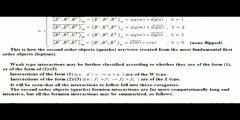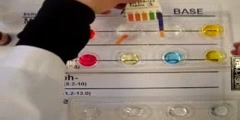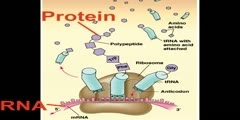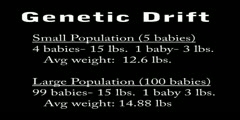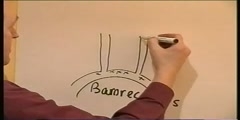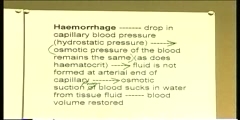Lec 55 - Rates-of-change (part 2)
Rates-of-change (part 2) Another (simpler) example of using the chain rule to determine rates-of-change
Video is embedded from external source so embedding is not available.
Video is embedded from external source so download is not available.
Channels: Mathematics
Tags: Rates-of-change (part 2)
Uploaded by: khancalculus ( Send Message ) on 05-09-2012.
Duration: 5m 37s
Here is the next lecture for this course
Dangerous Knowledge BBC-Part 5-10
05:51 | 6879 viewsLec 7 - Heart Rates and Rhythms
10:48 | 3135 viewsLec 20 - Don Quixote, Part II: Chapters X ...
56:54 | 2835 viewsThe Standard Model Architecture and Inter ...
05:26 | 7131 viewsLec 18 - The Peloponnesian War, Part I (c ...
01:19:49 | 2832 viewsLec 21 - Other bad aspects of death, Part II
49:47 | 2552 viewsIdentifying pH change
04:11 | 6211 viewsHow Evolution Works Part 3- DNA
09:51 | 6650 viewsHow Evolution Works- Forces (Part 2)
08:44 | 6894 viewsHow Evolution Works- Introduction (Part I)
08:29 | 7859 viewsBlood Pressure Part 3
10:00 | 8849 viewsFluid and electrolytes part 1
10:00 | 69888 viewsFluid and electrolytes part 2
10:00 | 29328 viewsFluid and Electrolytes Part 3
10:00 | 12645 viewsEnergy cycle in nature Part 1
14:55 | 8515 viewsNo content is added to this lecture.
This video is a part of a lecture series from of khan




